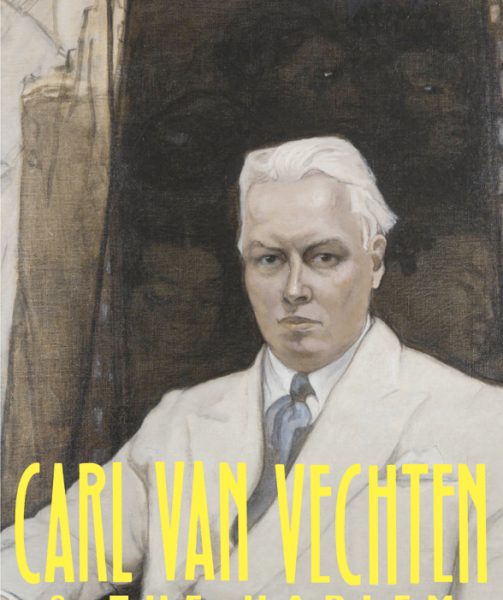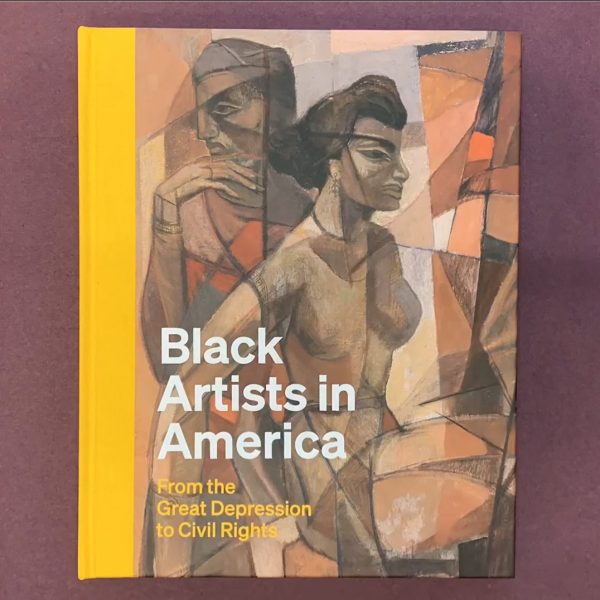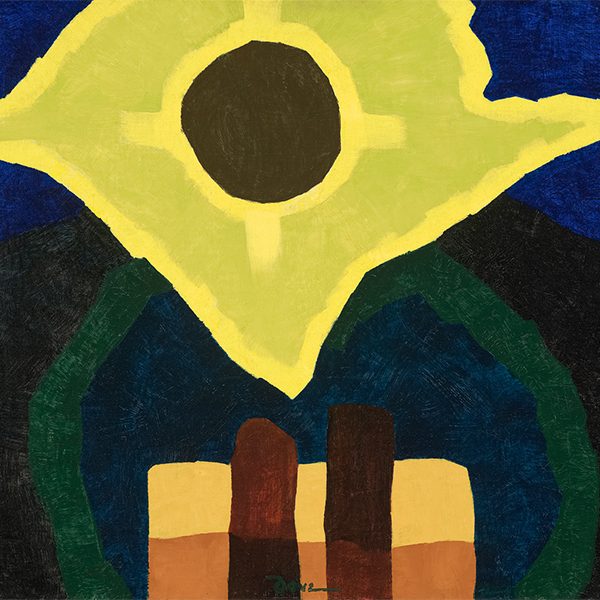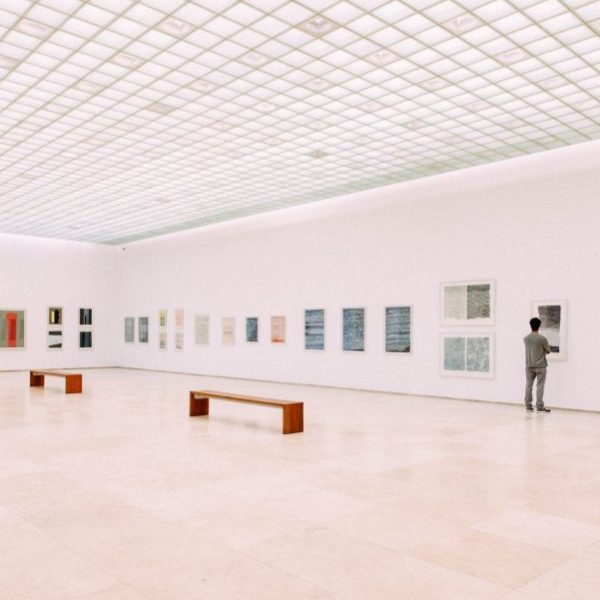For the Harlem Renaissance Man
 Emily Bernard starts her biography, “This book is a portrait of a once controversial figure, Carl Van Vechten, a white man with a passion for blackness.” And while today more people can recognize Carl Van Vechten as a patron and leader of the black arts and Harlem Renaissance movement, in his day as in our present, Mr. Van Vechten was a divisive figure. Carl Van Vechten & The Harlem Renaissance: A Portrait in Black and White aims to trace the history of a man who revered, eroticized, and organized the arts movement of the Harlem Renaissance.
Emily Bernard starts her biography, “This book is a portrait of a once controversial figure, Carl Van Vechten, a white man with a passion for blackness.” And while today more people can recognize Carl Van Vechten as a patron and leader of the black arts and Harlem Renaissance movement, in his day as in our present, Mr. Van Vechten was a divisive figure. Carl Van Vechten & The Harlem Renaissance: A Portrait in Black and White aims to trace the history of a man who revered, eroticized, and organized the arts movement of the Harlem Renaissance.
Although he did manage to ignite the careers of many young black artists, Van Vechten was often criticized for his sexualization of Harlem. As a gay man, Van Vechten was drawn to the culture of tolerance and openness that was pervasive amongst black artists, and he quickly formed friendships with these like-minded individuals. It is these relationships, and the corresponding letters between Van Vechten and his friends that have transformed Carl Van Vechten into the gatekeeper of history that he is today.While some scholars may dismiss his life’s work as voyeuristic, Bernard is unwilling to write him off based on his questionable motives, she writes:
Carl Van Vechten symbolizes a problem, yet he was also a person, as singular as anyone, and like any person, he was saddled with a complex personality and a host of contradictions…His private history tells another story, a chronicle of a man who was defined by an intimate life lived in color, as much as a public life lived in black and white.
For the true Harlem Renaissance aficionado, a trip to the Yale Beinecke Library, where Van Vechten donated all of his papers, is necessary. For those looking for a more manageable approach to a seemingly endless body of correspondence, Emily Bernard’s Carl Van Vechten & The Harlem Renaissance is a perfect place to start.


























